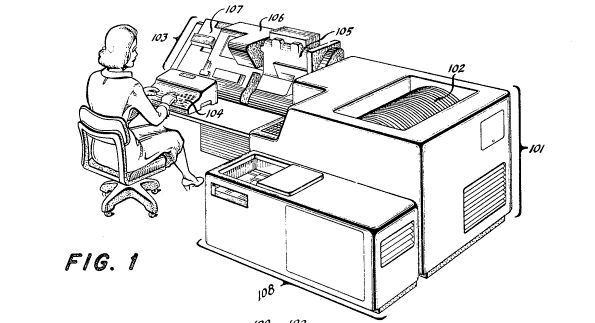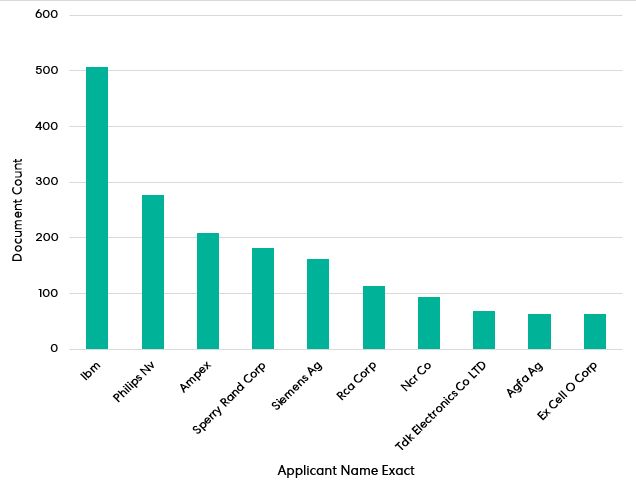Dude, where's my Har-d Drive?
I wouldn't say that I'm a particularly lucky person. I've yet to win the EuroMillions despite playing four times, and on the two days I came into our London office this week, it started raining on my walk to the tube station. However, my unluckiness pales in comparison to that of one man who allegedly lost the equivalent of $180 million-or-so when he threw away his laptop's hard disk drive (HDD) packed full of Bitcoin. At various points in Bitcoin's turbulent price history, the 1s and 0s buried somewhere in landfill were estimated to be worth close to half a billion USD. Suddenly, damp shoes on my commute seems like an attractive alternative.
To some, storing any form of data without a backup is a risk - let alone the sole record of your digital finances. But how is it that virtual currency (as well as more conventional and less earth-shatteringly valuable strings of characters) can be stored on 2.5-inch slabs of whirring metal, or now commonplace solid-state drives (SSDs) or even solid-state hybrid drives (SSHDs), in my laptop, and what has this all got to do with patents?
As a trainee patent attorney, reading and marking up prior art documents is a daily occurrence. However, exposure to these documents paints a larger picture not only of how areas of technology have developed, but also of how the main players in the industry have changed over the years. While a single HDD being valued at anywhere close to $180 million is a relatively new concept thanks to the emergence of cryptocurrency, the concept of storing data on computers is not.
80 years have passed since the successful test of what is referred to as the first electronic computer - the Atanasoff-Berry Computer, or ABC, where the result of one operation was jotted down by an operator and fed back into the machine in order to continue working.
In this series of articles, we use patents to show how far things have come.
The Need for Speed
For context, by the 1950's, computing systems were capable of reading and writing data to magnetic tape storage. Containers held reels of plastic tape coated with magnetic particles storing some magnetic charge corresponding to the stored data - paving the way toward what would be commonplace VHS cassettes. As computers became more sophisticated, fast, random access to stored data became essential. However, to gain access to information at an arbitrary position on a tape reel, the tape must be wound until that data is physically positioned in front of a read head. In efforts to advance data storage technology, alternative systems were devised.
Early forms of electronic computer storage were originally seen in large, purpose-built systems that came to market in the mid-1950's. One of these systems came from IBM, as part of their Random-Access Memory Accounting system known as the IBM RAMAC 350. The system was designed as a general-purpose data processing apparatus and was made up of several large components - one of these being the IBM 305 disk storage unit.
That New Char Smell
The IBM 305 comprised a set of 50 rotatable magnetic disks and a mechanical arm that could move between them - forming the basis of Hard-Disk Drive or simply Hard Drive (HDD) technology. The magnetic disks could store, at various positions across the surface, small amounts of charge, which could be read by the mechanical arm housing a read-head used to interpret this charge as data. In the 305, each disk contained multiple concentric tracks that the read head could be positioned over, and the system could store a total of 5 million alphanumeric characters - a capacity of around 5MB. For context, the following image weighs in at around 800 kB, meaning the entire system could store 6 full copies before topping out.

Around this time, US Patent 3,134,097 was filed by IBM having an effective filing date of 24 December 1954, with a claim to "A random access magnetic memory device comprising a plurality of magnetic disks mounted for rotation upon a common shaft, each of said disks having a plurality of concentric recording tracks on both of its surfaces, . a transducer for recording and reproducing data on said tracks, . means . to move said transducer radially between said selected disks to position said transducer adjacent a selected one of said recording tracks, and means . for energizing said transducer to magnetically cooperate with said selected track" and is one of the earliest patents directed towards HDD technology.
The following chart summarises the number of magnetic storage device-related patent applications filed by each named company within the following decade (between 1954 and 1964). Using Lens Patent Search, a search was performed for applications with an IPC code of G11B 5/00 (relating to "Recording by magnetisation or demagnetisation of a record carrier; Reproducing by magnetic means; Record carriers therefor)" or G11B 11/00, which takes precedence over GB11 5/00.

As seen above, IBM was the largest filer within this time period, presumably stemming from their pioneering efforts in the field and their IBM RAMAC system. Philips was the second highest, and Ampex, an American electronics company, also had a relatively high number of filings, and eventually brought to market their own Hard Disk Drives. Other large names in the electronics space can also be seen amongst the top filers, such as Siemens, NCR Corp. and TDK, as the technology caught on.
The concept of spinning magnetic disks, with movable magnetic heads that read and write data, started an evolution in a storage technology still used today. In the next article, we delve further into the operating principles behind the machine, some innovations that shaped the Hard Drive into what it is today and see how the key innovators began to change.
The content of this article is intended to provide a general guide to the subject matter. Specialist advice should be sought about your specific circumstances.

